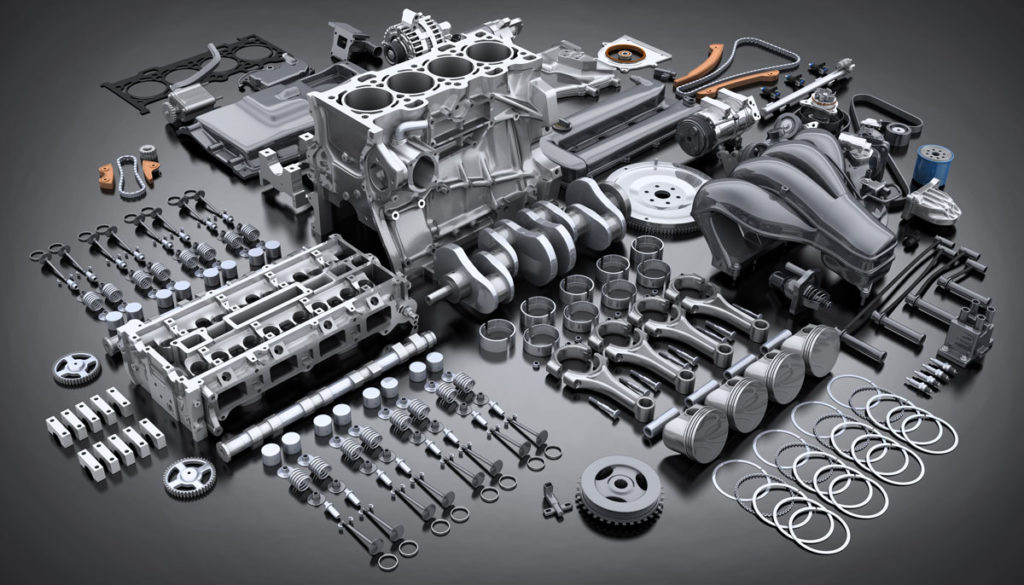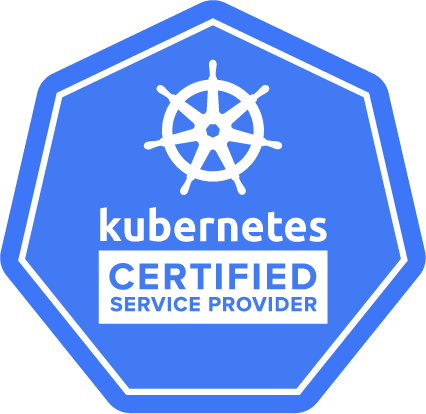All the technological cornerstones of our daily lives are equipped with products and software from various companies. The social media applications we use every day, the cars we might drive, to our smart products at home, in our pockets, ears, or on our wrists, are usually all offerings from big technology companies.
We consume many of these products as they are. We don’t wonder about the technology and building blocks inside them. For example, how do you think META, which owns Facebook and Instagram, keeps its content (millions of images and videos) uploaded to their servers every day on a stack? Did they develop this stack completely by themselves or did they combine multiple products and produce a solution? (Details for the curious.)
Or do you think that all the parts of the vehicles we use are developed by the car manufacturer or do we use the products of maybe hundreds of different companies in each car?

As you can perhaps guess from the leading questions, all companies meet both their software and hardware infrastructure needs with solutions from different companies. And this is exactly where the story I am about to tell you begins.
It all started in 1999. A university student (Philipp Reisner, CEO of LINBIT®) designed his thesis on a data replication module that could run on Linux operating systems and published it as open source software. He founded LINBIT about two years later in 2001 and LINBIT’s data replication software, DRBD®, quickly became the dictionary definition of high availability.
In 2007, Version 8 of DRBD was released. This was a very important step. Many innovations and features were added to the DRBD code. This was followed in 2010 by the official integration of DRBD into the Linux kernel by Linus Torvalds. Thus, all Linux operating systems now come with DRBD installed.
The product we are talking about, DRBD, is based on very simple logic: It does a real-time replication of I/O operations on one server to a secondary server within the kernel space. This basically solves the biggest problem of high availability which is how to efficiently and reliably replicate disks in real time. DRBD, LINBIT’s solution to this problem, gives everyone a deep sigh of relief and appreciation.

You will come across very few people who have been managing Linux infrastructures for the last 20 years who say that they have never heard of DRBD. Indeed, DRBD has reached millions of downloads to date. In one way or another, all system administrators have either directly worked with DRBD or indirectly encountered it through their use of other software technologies. Remember that car engine?
Although not many users know about it yet, people around the world have benefited from DRBD’s features without knowing that it exists. DRBD is a core component in many different sets of widely used products and software. Hardware vendors, hosting companies, and public cloud vendors actively use replication with DRBD and many Platform as a Service (PaaS) offerings today solve data replication by using DRBD.
Now, I think you understand the title of the article more clearly. LINBIT developers have contributed a lot to most of the applications that have a place in your daily life. For 20 years, they have been working hard to present disk replication and storage services to the world in the best way possible.
LINBIT will continue to support the open source storage world. As it has been for last two decades, we will continue to develop new features and new products with more innovative ideas every day.


